Toilet: "I've Bean on It!"
A Bean Guide For Beginners
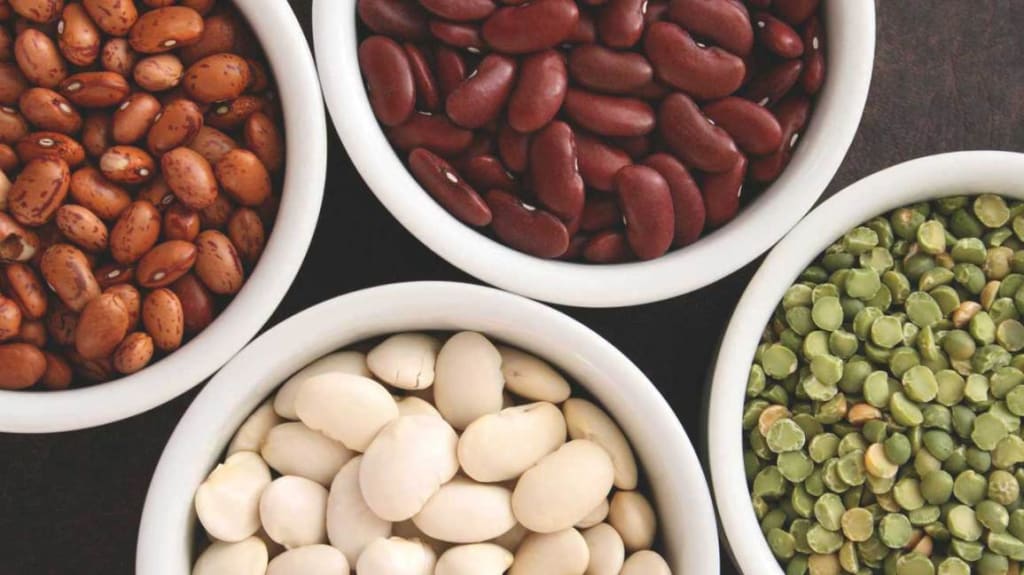
Growing up, I wasn't a fan of beans—except for pork and beans. I didn't like the taste of black eyed peas. I highly disliked lima beans and good luck with me eating a navy bean. Hell, I use to eat around the kidney beans in my father's chili!
It wasn't until my parents divorced I was faced with eating beans three to four times a week. As a southern "poor man's meal," we use to add cornbread or biscuits, if we had them. It wasn't what we always wanted, but it kept us full longer than a bowl of cereal. Beans gave oatmeal a run for its money on which could keep us full longer.
As my taste buds changed over the years, I explored different beans. I outgrew certain tastes of starches and became interested in more legumes [also known as beans]. As I explored adding beans to my diet, I was astonished to research the most popular legumes [beans] and their health benefits.
Since then, I have quadrupled my pantry stock of beans, ranging from the traditional pinto beans to dark kidney beans. Take a look at what's stocked for the soup and stew season, while bringing health benefits to my dinner table.
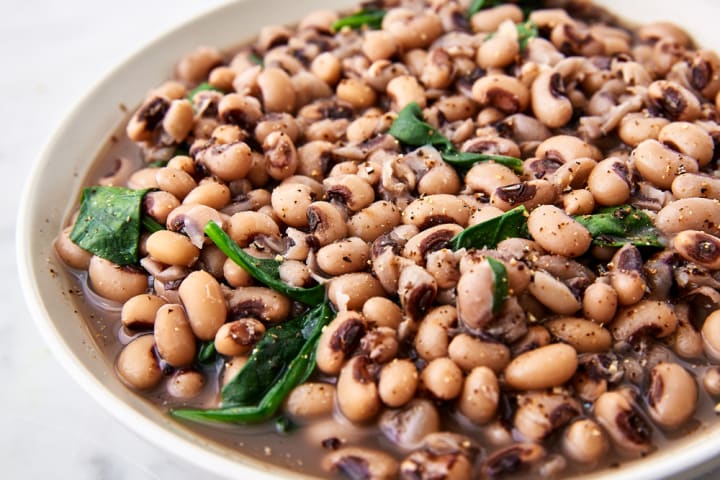
1. Black Eyed Peas
My mother use to make me eat a tablespoon of black eyed peas on New Year's eve. Ignorant to their being rich in folate, the small and plump bean has a versatile taste. As I got older and skilled with cooking, I found that black eyed peas pair well with red, dry wines, like Merlot, and proteins, such as beef. I like to saute kale and sear a Porter House steak [Pittsburgh style] with a side of the "good luck" bean.
Also known as cowpeas, folate found in black eyed peas help create cells that can potentially produce red blood cells to avoid developing anemia. The bean contains manganese, an antioxidant that protects the foundation and interior of cells that produce energy. Vitamin A found in black eyed peas forms beta-carotene, which aids in vision and immune system functionality.
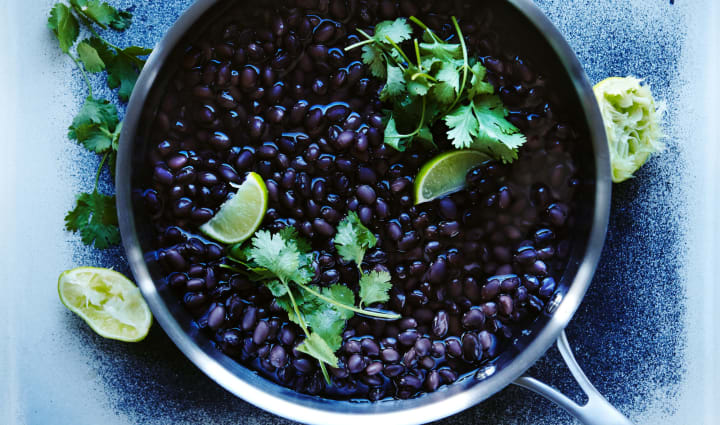
2. Black Beans
I began loving black beans when I was studying Spanish in college. My Spanish tutor was from El Savador. She use to make pupusas with black beans and cheese. She would top it off with El Salvador cabbage slaw. In my test kitchen, I would slow cook carnitas for a punch of flavor of Stella Bistro Foods Noches Mexicanas Sultry Spice. Wow, this was a dish for a city girl to love and enjoy!
Soon after, black beans found their velvety texture in my homemade chili and taco bars on game nights. Rich in magnesium, black beans pair well with smoky flavors and spices like Stella Bistro Foods Marinade Rub Sultry Spice. Deep notes of cumin and Mediterranean leaves intensifies the flavor of this extraordinary bean.
Also known as "turtle beans," black beans are edible seeds of the plant.
Minerals such as iron, phosphorus, calcium, magnesium, manganese, copper, and zinc are found in black beans. Iron and zinc help strengthens bones and the elasticity of joints. Calcium and phosphorus contributes to strengthening your bone structure. Black beans can lower your blood pressure due to the potassium, calcium, and magnesium.
The fiber, potassium, folate, vitamin B6, and phytonutrients found in black beans minimize the risk of heart disease. Vitamins, like B6 and folate, prevent clogs within blood vessels which can lead to heart problems. The fiber found in black beans can lower risks of colorectal cancer.
According to Medical News Today, quercetin is a natural anti-inflammatory that is found in black beans, which reduces the risk of atherosclerosis. Additionally, saponins prevent cancer cells from spreading throughout the body. Both quercetin and saponins in black beans aid in cardio protection.
Selenium found in black beans work to aid liver enzyme functions. Selenium has antioxidant properties that detoxify cancer-causing compounds. It also prevents inflammation and decreases tumor rates.
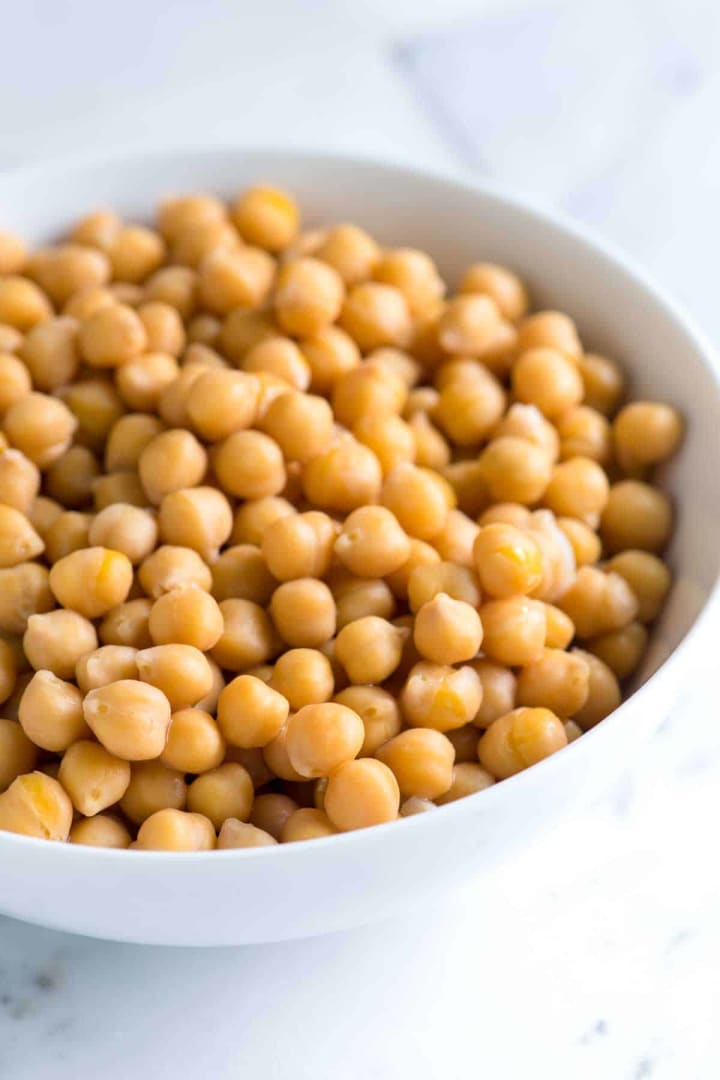
3. Chickpeas
Chickpeas originated from the Mediterranean and the Middle East.
I haven't had chickpeas cooked as many ways I cook my string beans or any other bean for that matter, but I love hummus! Hummus is made from chickpeas and is packed with protein!
Chickpeas are round and beige or can be black, green, or red. There are various types of chickpeas, like garbanzo beans, Egyptian pea, chana and chole. As mentioned, chickpeas are high in protein, fiber, vitamins and minerals.
According to Medical News Today, studies show participants who consume chickpeas or have high fiber diets have lower blood glucose levels. Vitamins and minerals, like iron, phosphate, calcium, magnesium, manganese, zinc, and vitamin K, help build and maintain bone structure and strength within the body.
Manganese, iron, and zinc help promote production and development of collagen. The fiber found in chickpeas can lower cholesterol and reduce the risk of heart disease. Selenium, an antioxidant property found in chickpeas, helps the functionality of the liver and detoxes cancer-causing compounds in the body. Selenium can prevent inflammation and decreases tumor growth rates. A phytonutrient, such as saponin, is found in chickpeas, which prevents cancer cells from spreading throughout the body.
Lastly, choline is found in chickpeas, which helps with sleep, muscle movement, and cognitive functions of the brain. Choline helps maintain the foundation of cell membranes, nerve impulses, and reduces inflammation.
Need to release stools? Chickpeas contain fiber that can reduce constipation and promote a healthy digestive tract.

4. Great Northern Beans
Great Northern beans are also known as "navy beans." I was terrified of navy beans growing up! Once I began cooking with them, the fear faded. The small, dry white bean has an oval and flattened shape that contains great amounts of potassium, magnesium and zinc.
Navy beans are great for a winter day in your crock pot with meats like sausage or ham. Add vegetables like carrots, celery and onion to enhance flavor. I like using Stella Bistro Foods Universalt Sultry Spice with my great Northern beans. This spice gives a hint of garlic, kosher salt, and light herbs.
Great Northern beans have a good reputation as a "complex carbohydrate," meaning you'll be fuller longer. It's also considered a high FODMAP food, meaning certain carbohydrates are difficult to digest and can cause irritable bowel syndrome, also known as IBS.

5. Kidney Beans
This common bean is a native legume to Central America and Mexico.
Did I mention kidney beans and black beans are a great combination?
Kidney beans are a major source of protein around the world. There's a variety of colors and patterns of kidney beans ranging from white, cream, black, red, purple, spotted, or striped.
Kidney beans are richest plant-based source of protein.
Kidney beans are slow release carbohydrates, which allows for you to be fuller longer. This common bean has a low glycemic index and is more beneficial for blood sugar than any other high carbohydrate food.
This survival bean provides insoluble fibers like alpha-galactosides, which can cause diarrhea. According to Healthline, resistant starch and alpha-galactosides act as prebiotics. When prebiotics reach the colon, prebiotics are fermented by beneficial bacteria. This process forms short chain fatty acids, known as SCFAs, like acetate and propionate, which can improve colon health, and reduce your risk of colon cancer.
Kidney beans contain molybdenum, a trace element found in seeds, legumes, and grains. Anthcyanins, called pelargondin, contribute to the color of kidney beans.

6. Lima Beans
Lima beans were named after the city of Lima, Peru. Lima beans were introduced to Europe and Asia, while Portuguese explorers introduced them to Africa. Spanish explorers discovered different varieties of lima beans growing throughout South America, Central America, and the Caribbean. Lima beans were introduced to the United States in the 19th century in California.
I will admit—I'm a GROWING fan of lima beans. Traditionally, my family cook lima beans with turkey neck bones, smoked meat, or with vegetables, and a hint of chicken grease and drippings. You can also cook your lima beans with ham or sausage for an intense flavor.
Known as butter beans, sieva beans or double beans, the light green or cream-colored bean has a flat, oblong, and slightly curved shape. Lima beans can also be white, red, purple, brown, and black.
Lima beans are ideal for steady and slow burning energy. This is great for hypoglycemic or diabetics, because lima beans have cholesterol-lowering fiber. It's a great source of the mineral molybdenum, which detoxes sulfates.

7. Pinto Beans
Pinto beans have become my all time favorite to cook with! I learned from an authentic Jamaican how to properly cook and serve pinto beans. In Caribbean culture, pinto beans are referred to as "peas." I've learned that I enjoy making fresh pinto beans, while allowing beans to soak overnight prior to washing and cooking.
Known as a complex carb, pinto beans have a glycemic index of 39. Glycemic index or a wad of pinto beans is 15. Pinto beans contain folate and vitamin B, which help boost red blood cell production. Manganese helps the nervous system and brain health.
Whether you're a fan of canned beans, dried beans, or fresh beans picked from a garden, the recipes and food dishes are endless! Know the colder seasons are coming with legumes that can keep you full and contribute to healthy living!
About the Creator
Ashley Terrell
Bestselling author. Entrepreneur. Seasonings and spices saved my life. Where sheep and angels share the same color. Newport News, VA. Conqueror and lover of all things Fine Arts.



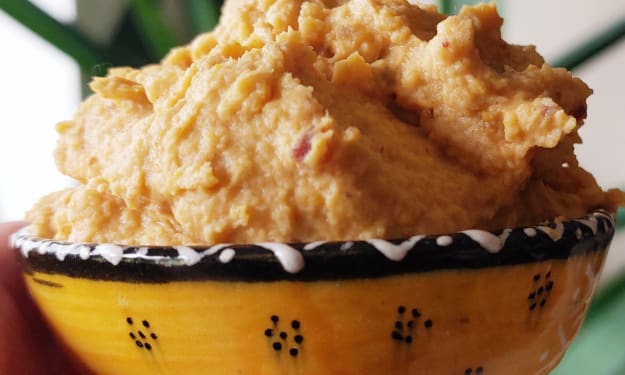
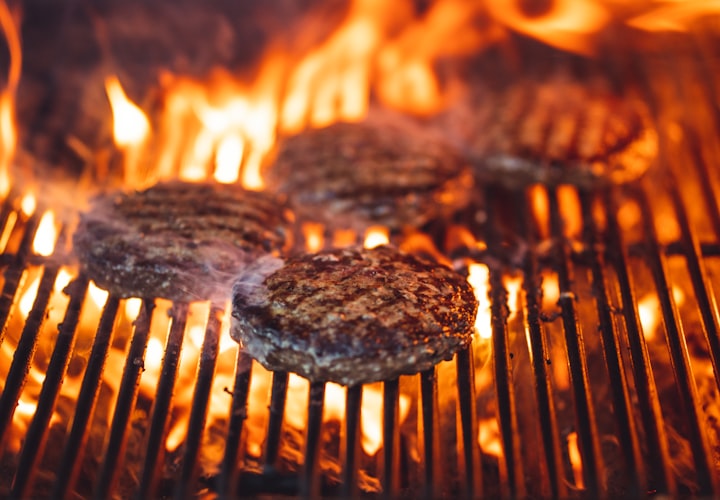

Comments
There are no comments for this story
Be the first to respond and start the conversation.